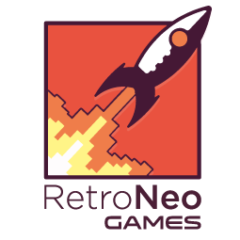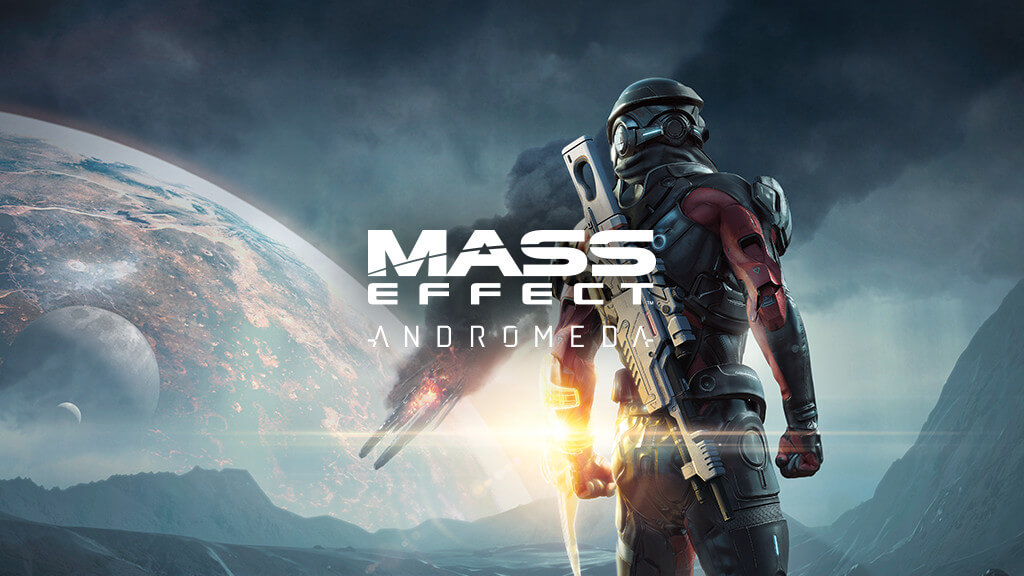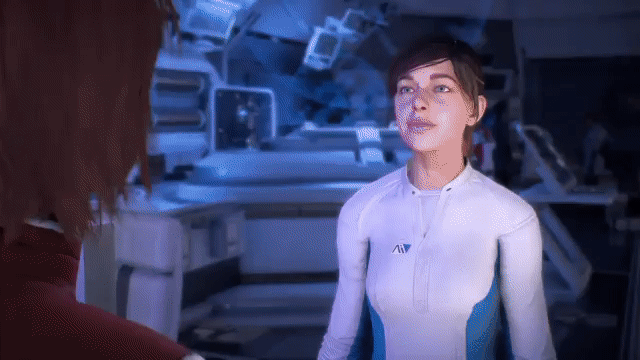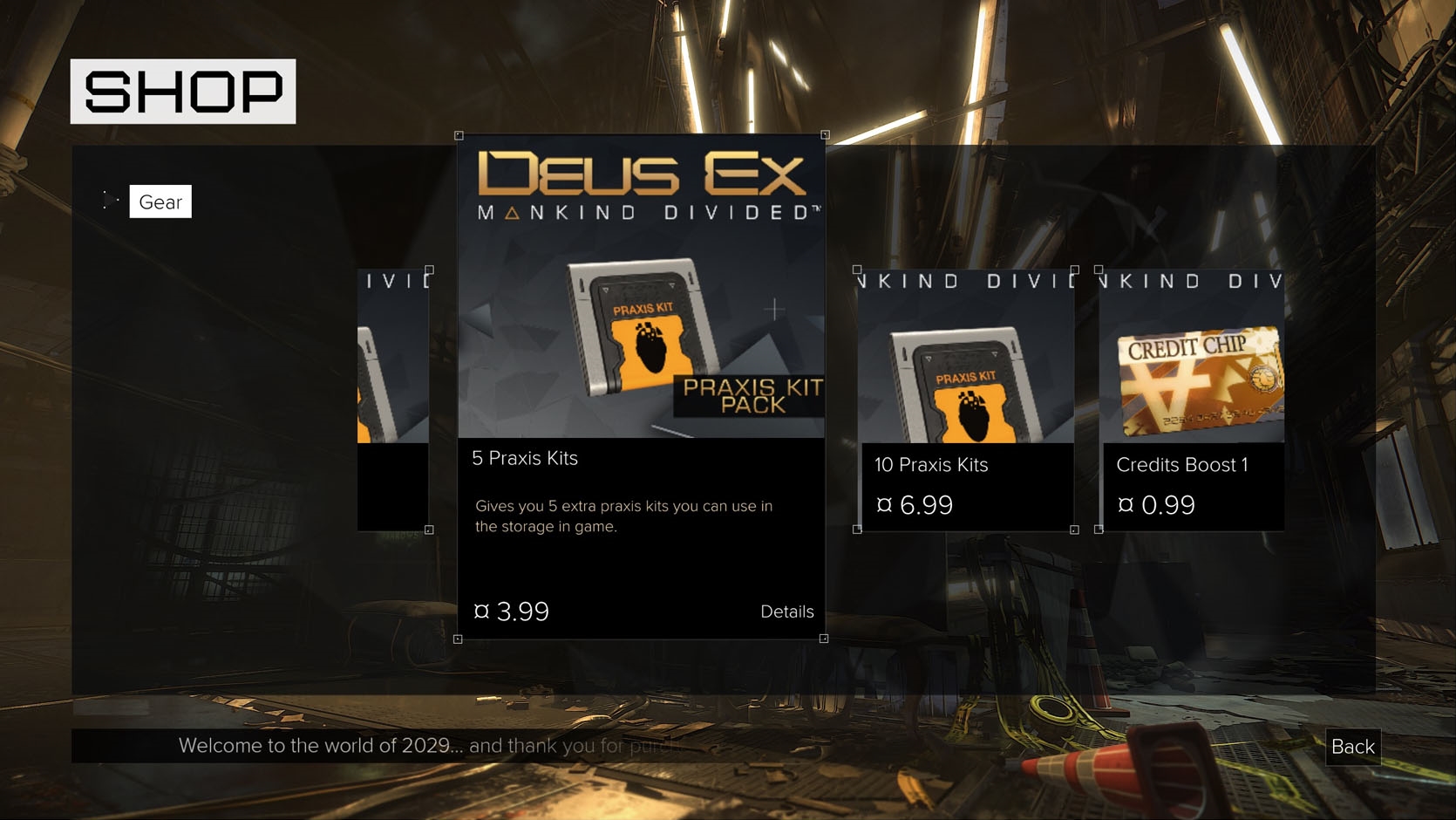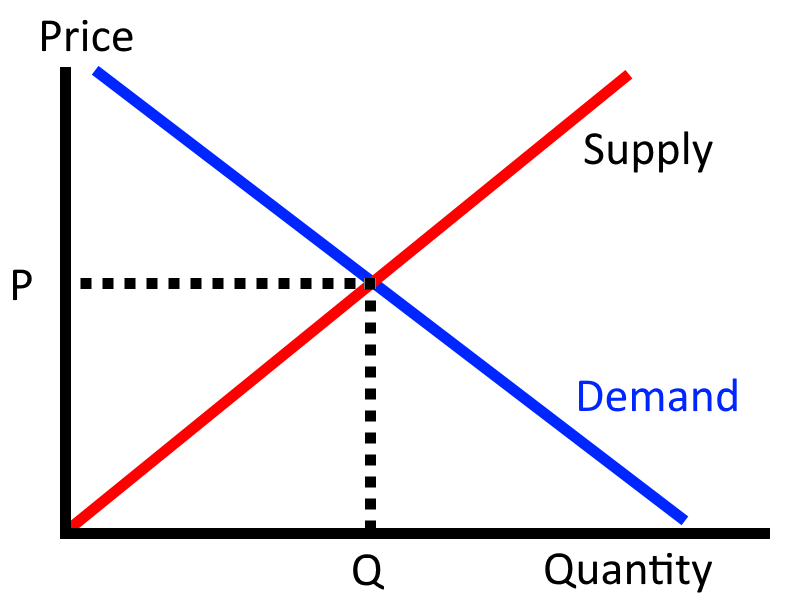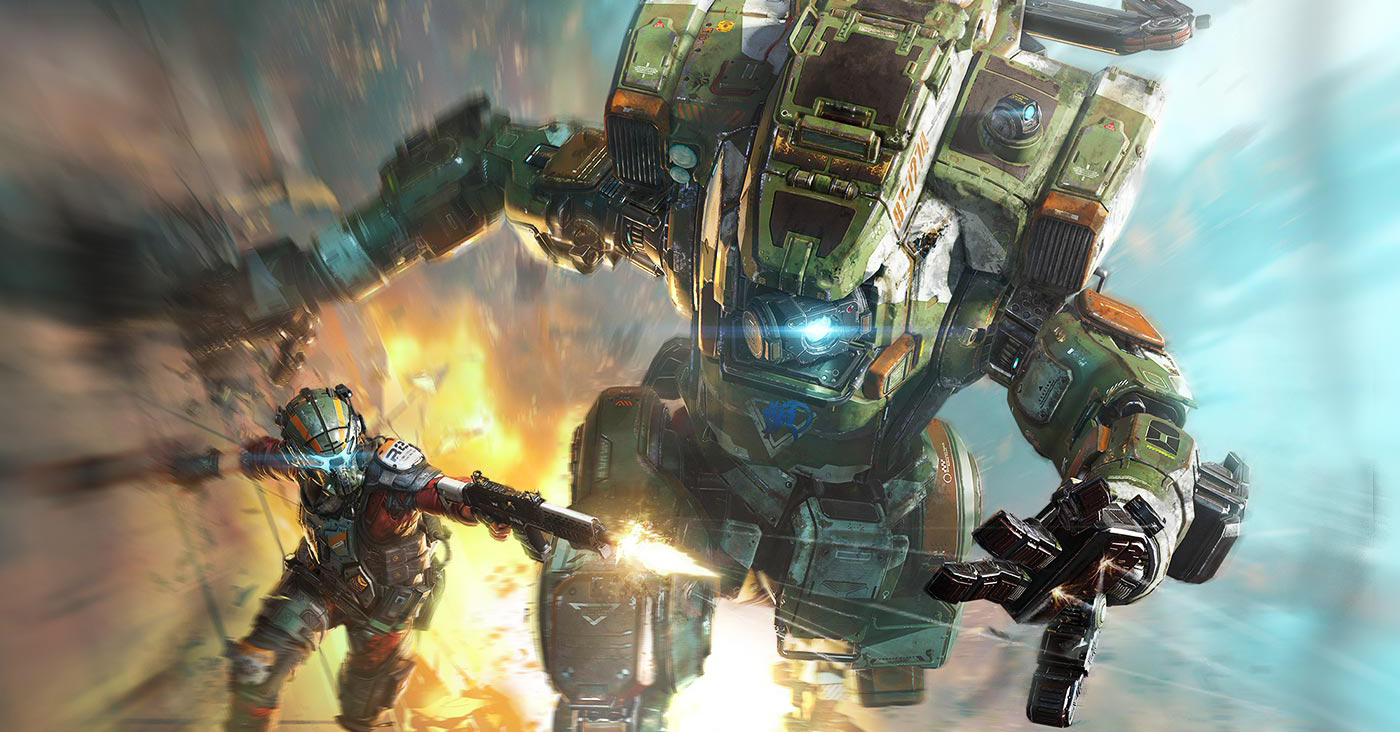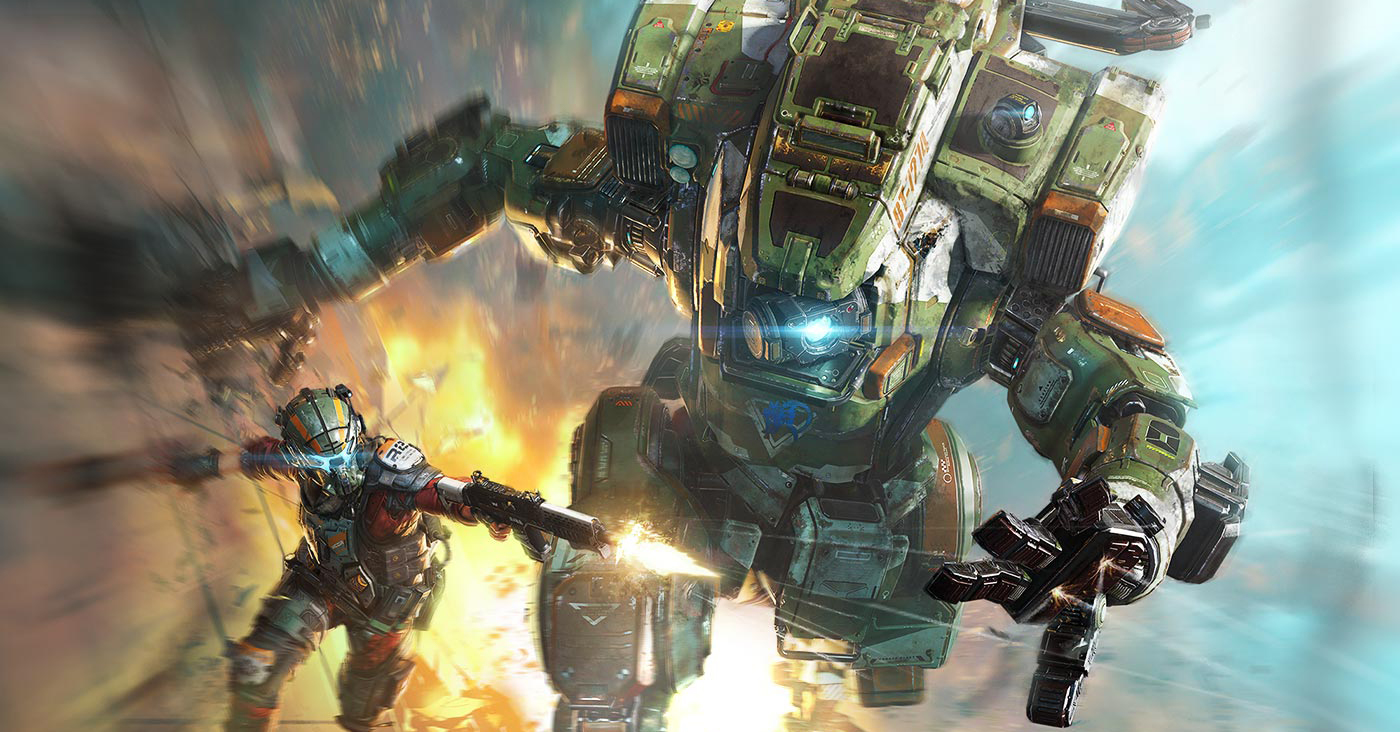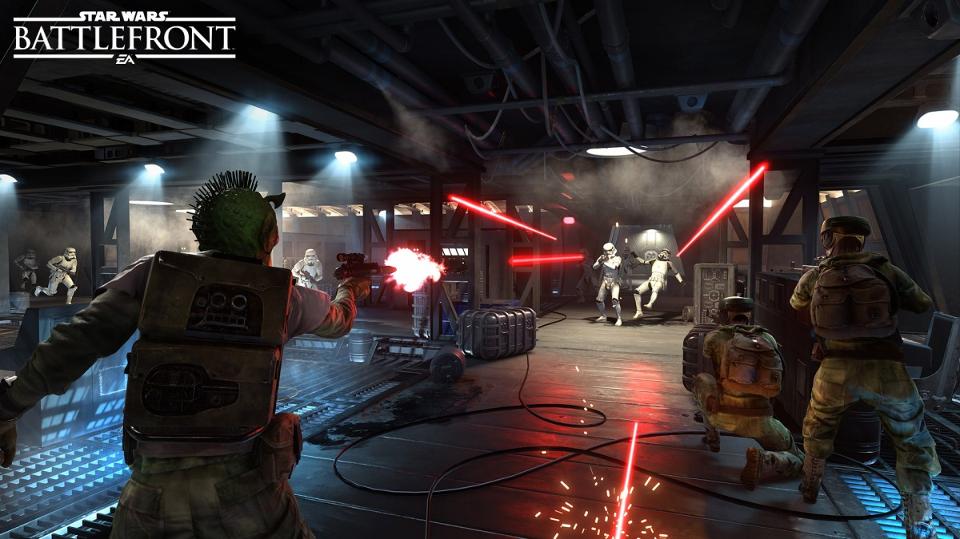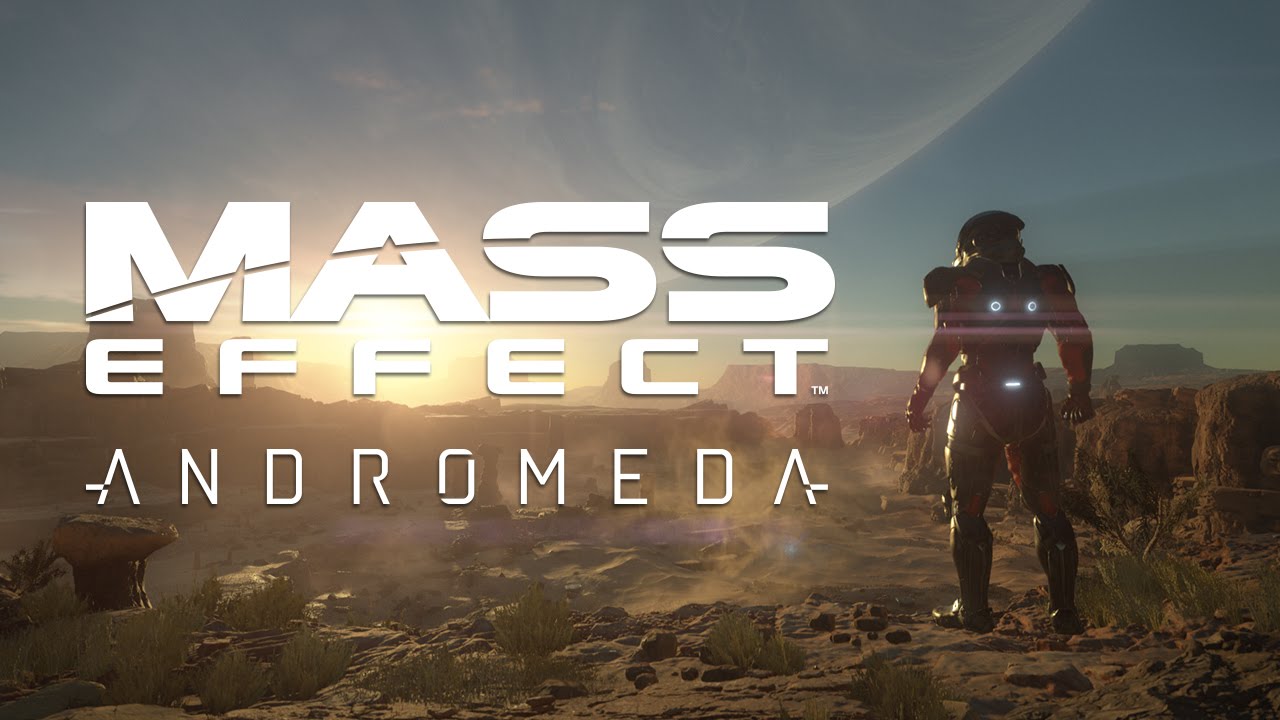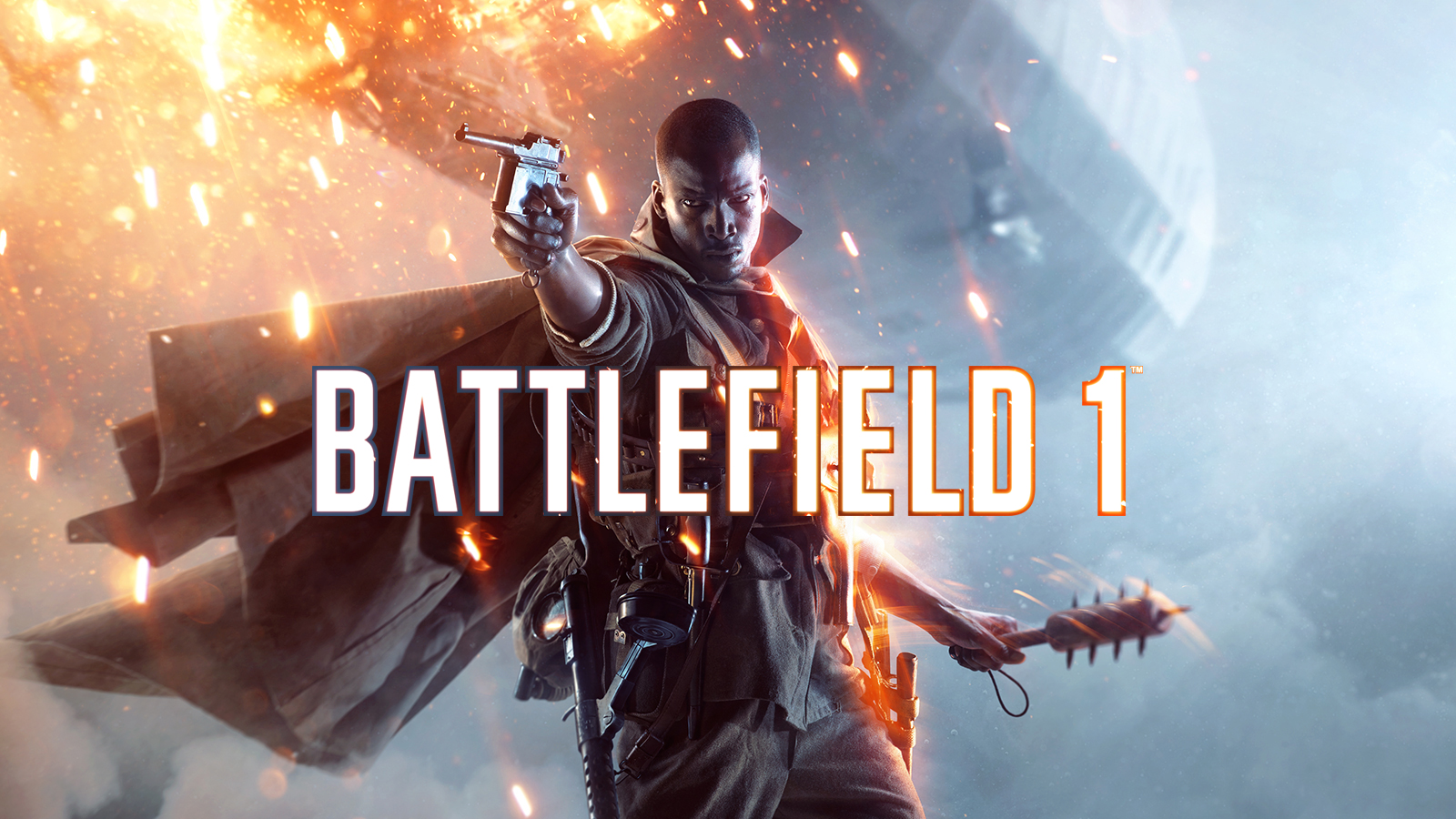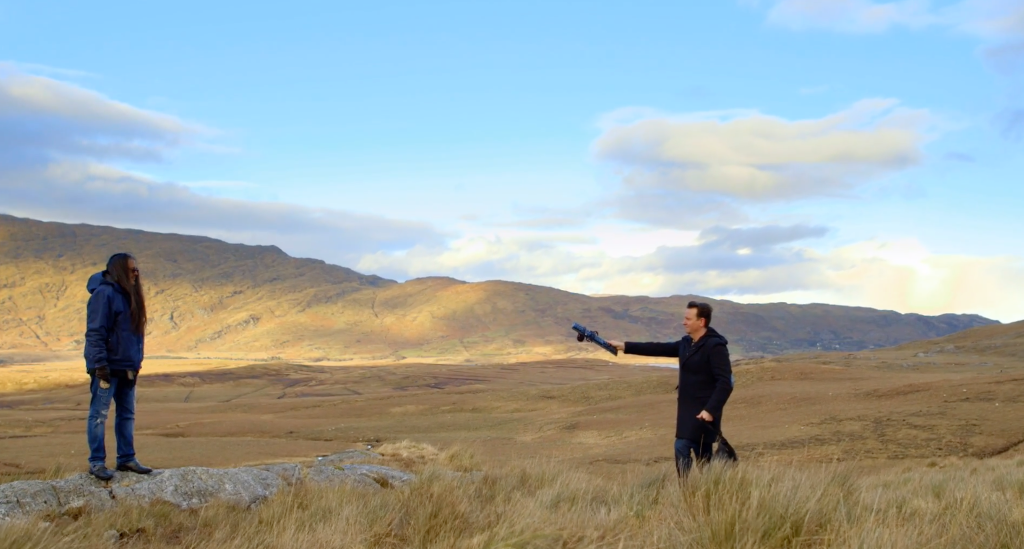
Sorry about the title. It’s a little inaccurate but I couldn’t resist. This article is about the game Mass Effect: Andromeda and the fact that it’ll never be fully appreciated because of bad management decisions.
Andromeda, the 4th game in the Mass Effect series, and supposedly the first of a new trilogy, released on March 21st, 2017 in a broken, bloody mess, and has factually killed the series dead (well, cancelled and “on hiatus” is as dead as a gaming franchise ever officially gets).
So it must be a bad game, right? Well, no! Not the version I played (v1.08).
In an era where “games as a service” is increasingly becoming the norm, and hardly any big game is ever finished on release day any more, we see more and more games releasing in broken states or missing features and getting patched later. A large part of the reason is a (I argue) misguided adherence to schedules, budget and targets set by marketing departments and management, rather than listening to development teams who actually have their hands on the product.
It’s very easy to criticise, of course. There are good arguments to be fairly rigid with deadlines. Maximising the value of expensive marketing campaigns that are planned months in advance is one. Not making the development team complacent and feeling like they’ve infinite time to “get it right” is another, but when reviews still happen in and around launch day, and review scores are permanent, surely it must be better to take the financial hit of delaying the game than releasing a travesty and killing one of gaming’s biggest franchises of the past decade.
Not the first time
EA, Mass Effect’s publisher, frequently seem to be one of the worst offenders in this regard, with the infamous Sim City and Battlefield 4 botched launches being among the worst examples of the last 5 years. You’d think they might have learned a lesson. To a degree, they did, but not well enough. Andromeda was delayed once, initially scheduled to release in 2016. EA even said that they would consider delaying the game again if it made for a better experience. Evidently, they should have. It’s not clear how collaborative the decision to release was between EA and developers Bioware, but undoubtedly, the wrong decision was made. That’s evidenced by the fact that just 3 months after launch, I’m playing an enjoyable game that I’d rate 7/10. It has its problems, but has none of the embarrassing animation gaffes that defined the game’s release.
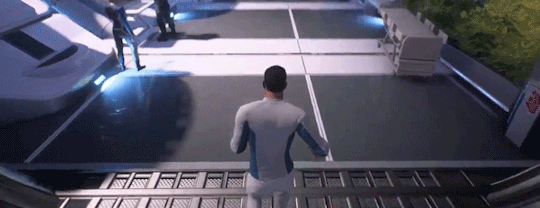

This is, unfortunately, how Andromeda will forever be remembered, and it’s something that was only in the game for a few weeks around release. You won’t see that now (or at least, I haven’t) but things like this predisposed players and critics to see the game’s other faults in a worse light. There are some cringe worthy lines of dialogue here and there, but there’s also tens of thousands of good ones. “My face is tired” is the one that will be remembered, though, because it’s early in the game and while it passed me by without major upset, anyone already totally unimmersed by the animations would just see it as another nail in the coffin.
Still not perfect
I must say that audio problems persist and playing with subtitles is essential in v1.08 or you’ll miss a lot of response lines from anyone standing more than 2 metres away. Similarly, the dynamic camera zoom, which supposedly focuses the camera on the speakers when a non-cutscene conversation starts, all too often fails to frame either speaker and leaves you staring at a desk or a wall.
Another early complaint was that planet exploration had these unskippable flying transitions between planetary orbits. While they look cool, they get tedious. You can now skip inter-planetary cutscenes, but not inter-system ones, and not ones for entering or exiting a planetary level. I can only presume that they’re necessary to hide loading times, but other games would allow you to skip after maybe 5 seconds when the loading is done, instead of watching the full 20-30 second identical cutscene every time you come and go from the Nexus (which will be a lot of times).
More playtesting and development time could have fixed these issues, led to positive reviews, greater sales, DLC, a sequel, and the continuation of the franchise. Instead, the game was sold at 50% discount less than 3 months after release, after the series was cancelled.
There are a few things I’m trying to say here
1. To developers & publishers: “Prioritise quality, because gamers care!”
From what you’ve read so far, I’m sure you’d agree that in hindsight (or if they had just learned lessons from other failing releases) the better decision here would have been a second delay of 3-5 months. Sometimes smaller companies have no option, financially speaking, but to release now, but this isn’t true of EA/Bioware.
Players forgive and forget delayed releases, but a bad launch is bad forever.
2. To gamers: “PLEASE stop pre-ordering games”
I feel a hypocrite to write this, so let me first disclaim that as a developer, I currently do offer Sons of Sol for pre-order on this very site. I don’t push it, and I don’t particularly encourage you to buy it (though I do appreciate the support if you did) but it was necessary to sell a few units to prove that we’re “in commerce” for business-y reasons.

BUT! As a gamer, I never pre-order, and I always wait for reviews. You contribute to a culture of bad releases and broken games if you support this practice, particularly in the AAA world. When developers already have your money, they don’t need to make the product any better than ‘passable’. You’d think that, for their reputations, they’d want to deliver the best possible quality, but it’s not always the case. Look at Arkham Knight, Dead Island, Assassin’s Creed: Unity, No Man’s Sky, or now, Mass Effect: Andromeda. These are all games that you’ll find on lists of all-time bad releases, and all have earned their creators considerable scorn. It can drive gamers to piracy as well with the logic “I paid you for a good game. You didn’t give me one. I’m stealing your next one”. Never mind the illegality, and the paradoxical logic of ‘once bitten, go back for more’ – it happens, and it affects bottom lines.
The sad thing is, most of those games have gotten better with patching, and reached a state that gamers would have been happy with if they’d received that version at launch, even if launch were delayed.
If you don’t pre-order, developers will be more concerned with having good initial review scores and word of mouth, and will have to earn your money before taking it. Listen, forget about the horse armour, the classic skin for your character, or the unique handgun that you’ll never use in multiplayer. Just stop pre-ordering.
3. To gamers: “Consider waiting for sale”
I don’t think this will do the industry any favours if you’re already waiting for release and not pre-ordering, but if you’re a thrifty bargain-hunter, know that EA in particular are showing that they’re willing to discount their biggest releases to 50% off within just weeks of release. In December, I wrote about how Battlefield 1 and Titanfall 2 (both critically acclaimed but released in a busy pre-Christmas cycle) were selling at 40% and 50% off respectively in the Holiday sales. The same has happened with Andromeda in the Summer/E3 period, and I would suspect that the same will happen with Star Wars: Battlefront 2 at the end of this year. If you want to wait to see how that game is reviewed, you may as well wait a little longer in case there’s a hefty discount at Christmas time. This seems to happen a lot with multiplayer games, which can die on the vine if they don’t get a critical mass of players fast!
4. To EA: “Is Origin Access really doing you any favours?”
EA, and so many companies like them, want to move their customers onto more predictable monthly subscription models. I don’t like this as a consumer (it’s basically the same as pre-ordering everything the company do, and losing access to everything any month you don’t pay up), but I can see why it makes business sense, too. EA’s version is called ‘Origin Access’.
So, one of the incentives they offer to members is to “try new EA games before they’re released”. Maybe those words sound good in a board room, but it’s actually a horrible thing! This is because it means either
i) The game is ready and you’re holding it hostage an extra week so you can try to lure people into anti-consumer subscription models, or
ii) The game is not ready, and you’re letting the internet(!!!) get their hands on your unfinished game and tear it to shreds with memes, scathing YouTube videos, and negative reviews.
This is the very definition (totally in the dictionary, just take my word for it) of a double edged sword. EA hoped to cut into the market with one side of the blade, and instead got sliced with the other.
Never ones to learn, though, this offer still remains on the Origin Access website at time of writing.
The motives I’ve mentioned above are of course just my opinion, but if you have another way to read the situation, I’d love to hear it in the comments.
In Conclusion
So I’ve barely talked about the game itself, and that’s kind of my point. Nobody knows Mass Effect Andromeda as the good game that it’s actually turned into, because you don’t get a second chance to make a first impression, and the internet has an incredibly short attention span.
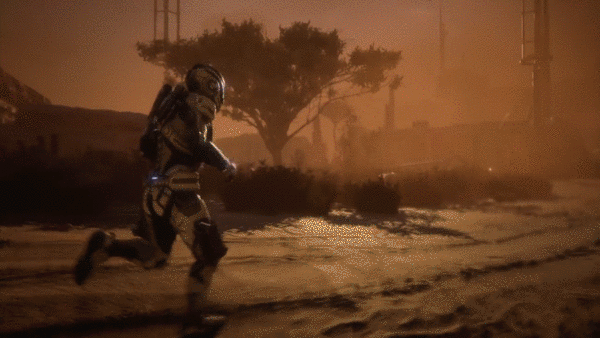
So, to give the game its due, my two paragraph review is that it’s quite enjoyable, and definitely worth the sale price I paid for it. I haven’t finished it yet, but I’m well into the second Act, and it’s been reminding me a lot of the feeling of the first two games, of which I was a big fan. The breadth and depth of character interactions that you’d expect is there. Those awe-inspiring moments of stepping onto a spaceship bridge or a sheer cliff top and beholding magnificent vistas are the high points that make you feel the fantasy of being a space explorer. Andromeda didn’t lose that from the originals. The combat is a lot of fun. There’s less tactical squad management in combat (con, in my eyes) but it’s replaced with a verticality and movement focus that feels fresh (pro). There’s also nothing stopping you from hanging back and just sniping. The story is compelling (if a little too similar to ME2 in parts, so far). Unfortunately, excessive inventory management from ME1 came back, but I’ve been largely ignoring my armour pickups and R&D options and doing just fine at surviving. There’s also a fun co-op multiplayer segment very similar to ME3’s, though it has micro transactions so… look I just hate ‘reward crates’ in general, but the multiplayer doesn’t require that you buy and it is quite fun.
There are plenty of frustrations, though. Some still unskippable transitions, inventory management, poor menu layout for Research, some jarring dialogue, bad camera work and audio problems, but they all speak to merely a lack of polish, rather than a bad core game. The core game is good, and the polish has been improving with patches. I wouldn’t write this off if you haven’t played it yet, but don’t pay full price.
Concluding the conclusion
Game good. Silly corporate decisions bad. Hopefully both will get better. You can help by not pre-ordering or joining subscription services.
Until next time..
PS Sons of Sol (our game) has its final weekend on Square Enix Collective this weekend (July 1st & 2nd) and we’d love your votes and comments! Thanks!
